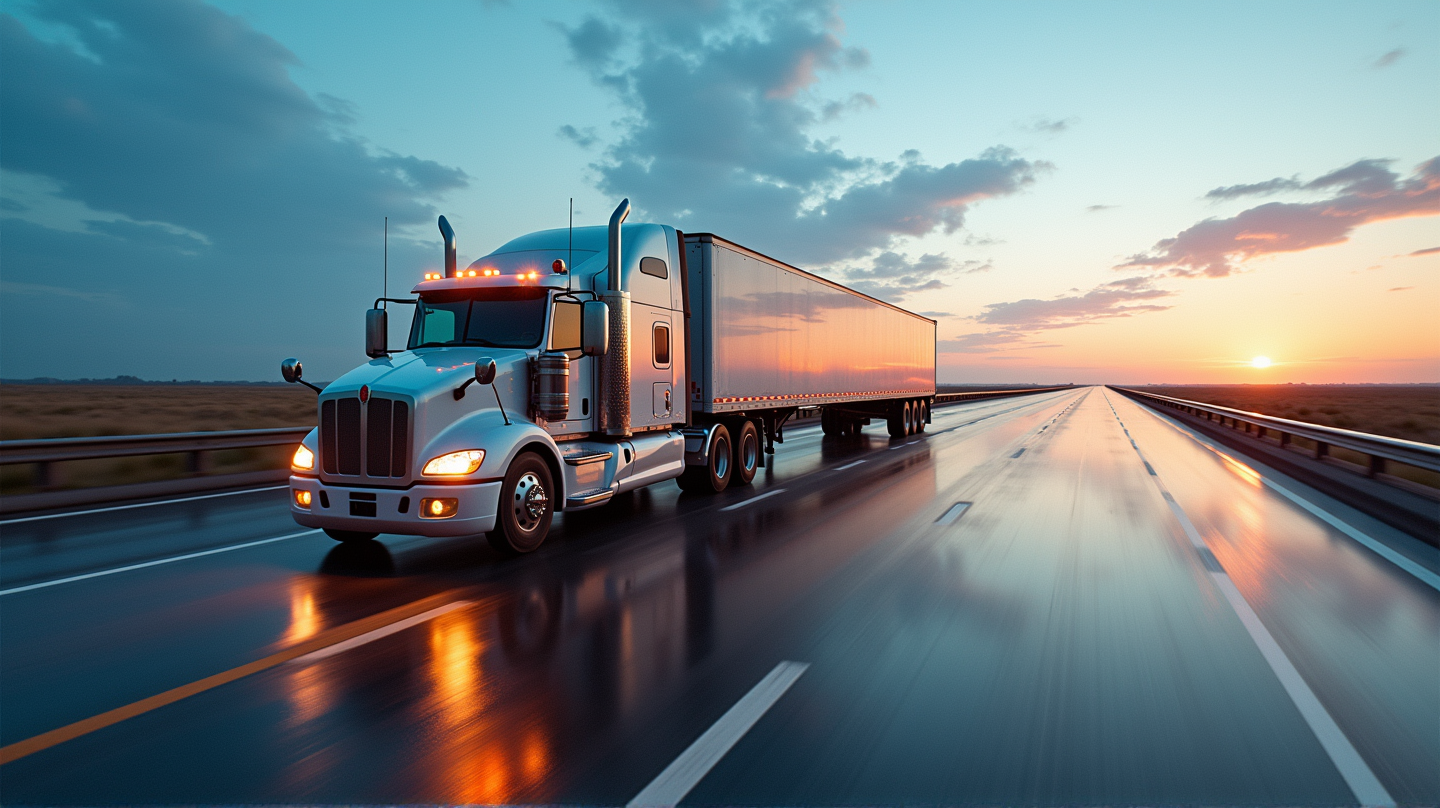Autonomous Fleet Unleashes Potential
The highways of Texas are no longer just conduits for expansive 18-wheelers operated by seasoned drivers. Instead, they are now the stage for an innovation that promises to reshape the transportation landscape. Since the end of April, driverless trucks from the tech firm Aurora Innovation are powering up and down Interstate 45, covering the stretch between Dallas and Houston without a human soul inside.
How Technology Solves Industry Puzzles
For the trucking industry, worth an estimated $900 billion, the advent of autonomous vehicles could not have come at a better time. It faces mounting challenges, from a shortage of drivers to grueling schedules. Aurora’s advanced system is akin to a robotic chauffeur, engineered to tackle these issues with efficiency and no need for rest, offering the potential to operate around the clock.
“Our Aurora Driver system melds cutting-edge sensors with artificial intelligence, creating a driving force equipped to handle vast US highways truly autonomously,” the company explains on its website. According to ZME Science, the system recorded a 97% readiness score, underscoring its capability to transition successfully from test environments to real-world roads.
Weighing the Pros and Cons
While the concept of driverless trucks is tantalizing, it is met with both applause and apprehension. Safety advocates are pressing cautionary notes, urging rigorous testing to avert potential pileups caused by misjudged actions that only human intuition might have prevented. Nonetheless, Aurora and similar companies are charging ahead, buoyed by prospects of commercial success. With forecasts by McKinsey predicting a 42% decrease in operational costs per mile owing to eliminated driver-related expenses, the market possibilities are vast.
Regulatory and Economic Implications
Despite its promise, the transition into autonomous trucking is not devoid of challenges. A regulatory limbo looms, prompting fierce debates: Are these vehicles getting more leeway than their human counterparts? In a world where professional drivers abide by strict safety mandates, autonomous vehicle protocol retains some opacity.
As the industry’s forefront evolves, Texas remains at the center of this technological blitz. Warm climates and favorable legal frameworks render it an ideal testing platform, enticing not just Aurora but a cohort of competitors eager to dominate autonomous-mobility frontiers.
Lone Rig of Innovation
Not just a spectacle, the first steps of Aurora’s driverless venture on Texas roads set the stage for an era where freight movement blends seamlessly with digital networks. The avant-garde trucks are more than a logistical experiment—they symbolize a shift in no small measure transformative for American commerce.
The spotlight is on them, quite literally becoming harbingers of change as they navigate the Texas expressways. Whether as a solution to a pressing industry conundrum or a pivot sparks socio-political dialogues, the debut of driverless trucks is undeniably a glance into an impending future.
Takeaway
With each mile, these autonomous rigs gather invaluable insights, helping refine systems that might one day chart a new course for global logistics. As the age of automation begins, Texas highways bear witness to a paradigm shift echoing beyond the Lone Star State.
